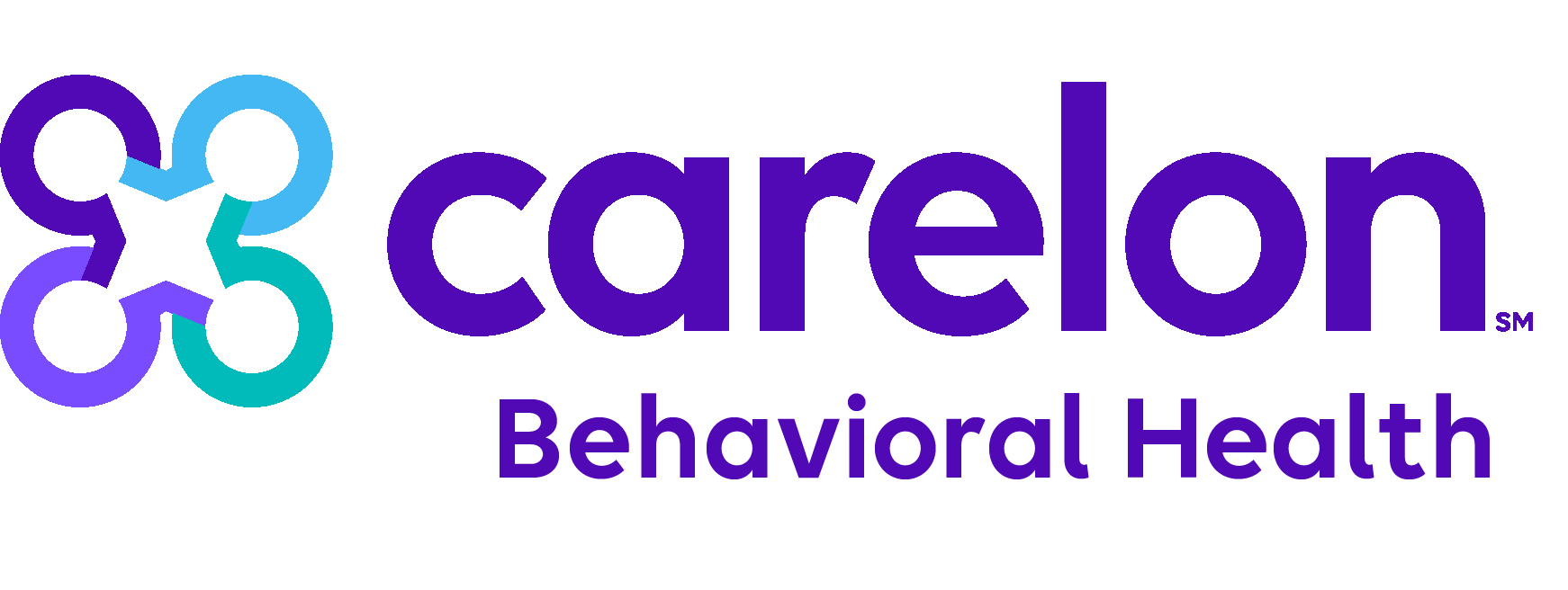ABCs of Mental Health Care
Treatment Types
print Cognitive Behavioral Therapy
Cognitive-behavioral therapy (CBT) is a highly effective type of psychotherapy. It is used to treat mental health conditions—including depression, anxiety disorders, eating disorders, substance abuse and personality disorders—as well as marital conflict. In brief, CBT involves:
- identifying distorted perceptions and irrational thinking
- reframing thoughts and beliefs
- changing maladaptive behaviors
- Everyone should like me.
- If I live a good life and do what is expected, my life should go well.
- A friend will never let you down.
- Bad things shouldn't happen to good people.
- Good things don't happen to bad people.
- Life should always be fair.
- People only look out for themselves.
- If I make a mistake, I am a failure.
- I can’t be forgiven.
- If I work hard, I will be successful.
- Define the problem objectively and rationally.
- Consider potential strategies and solutions.
- Choose a strategy or new approach.
- Make a verbal contract to try the new approach or strategy.
- Evaluate the result.
- Modify the plan.
Unlike many of the more traditional approaches to therapy, CBT does not seek to unlock the mysteries of the past or delve deeply into thoughts, symbols or feelings. CBT is focused on the here and now, is more educational in its delivery, and more practical in approaching problems. CBT has been well researched and found to be highly effective, particularly for anxiety disorders, adjustment reaction disorder and depression.
Irrational beliefs at the core of much distress
Psychologist Albert Ellis first presented the idea that unrealistic, incorrect or irrational beliefs are at the core of most people’s distress. Ellis asserted that it is not life’s events that causes people to be unhappy, but, rather, how they interpret them.
Some examples of commonly held irrational beliefs include:
What makes these statements irrational, or maladaptive, is the “all or nothing” premise. For example, it’s true, that hard work increases the chances for success. But success is not guaranteed. And there are times when we do everything right, and we still don't get rewarded.
Also, maladaptive thinking assumes that we are in control of our lives and the actions of others. The fact is that sometimes people will leave us, let us down and hurt us. Not because we are unworthy or they are bad, but because they are human. The truth is that we all make mistakes, and life is not always fair.
The components of CBT
Highly collaborative: The client and the counselor are both responsible for success. The counselor provides objectivity, academic credentials and knowledge of CBT. The client is an expert on his or her experience, strengths and weaknesses. He or she must be motivated and willing to change.Problem formulation: The counselor and client identify problems. Then, they develop alternate theories or interpretations of the problems, events or distressing situations.
Problem solving. Distressed people often engage in faulty thinking, have narrowed perception, and have poor problem-solving ability. Clients are encouraged to use reason and rational thinking to solve problems. CBT helps clients break problems into smaller tasks and look for short-term solutions. The problem-solving approach is a six-step process:
Changing maladaptive behavior. When people are distressed, sad or anxious, they often try to get control of their life in unhealthy ways. They may withdraw from others, try to control people or situations or lash out emotionally. CBT helps clients participate in activities that promote positive feelings. This is accomplished through “behavioral homework,” such as using relaxation exercises, confronting a stressful situation, changing daily routines, exercising, talking with a family member, etc.
Improving interpersonal functioning and enhancing social supports. CBT includes training to improve communication and interpersonal skills. For example, learning how to express feelings or fear or sadness to our spouse or others without feeling weak is better than stuffing our feelings and brooding.
CBT is a well-researched and highly effective treatment for many psychological problems. The success or failure of CBT depends largely on the commitment of the client to change, and the skill of the counselor in facilitating change.
If you are feeling overwhelmed or distressed, call the toll-free number on this site and talk with a professional.
By Drew Edwards, EdD
© 2006 Achieve Solutions
Sources:
Cognitive Therapy and the Emotional Disorders by A.T. Beck. Penguin Books, 1979.
Butler, A.C., Chapman, J.E., Forman, E.M., & Beck, A.T. (2006). The empirical status of cognitive-behavioral therapy: A review of meta-analyses. Clinical Psychology Review; 26(1):17-31.
Linton SJ, Boersma K, Jansson M, et al. (2005) The effects of cognitive-behavioral and physical therapy preventive interventions on pain-related sick leave: A randomized controlled trial. Clin J Pain; 21:109-19.
Clarke, G.N., Rohde, P., Lewinsohn, P.M., Hops, H., Seeley, J.R. (1999) Cognitive-behavioral treatment of adolescent depression: Efficacy of acute group treatment and booster sessions. J Am Acad Child Adolesc Psychiatry; 38:272-279.
